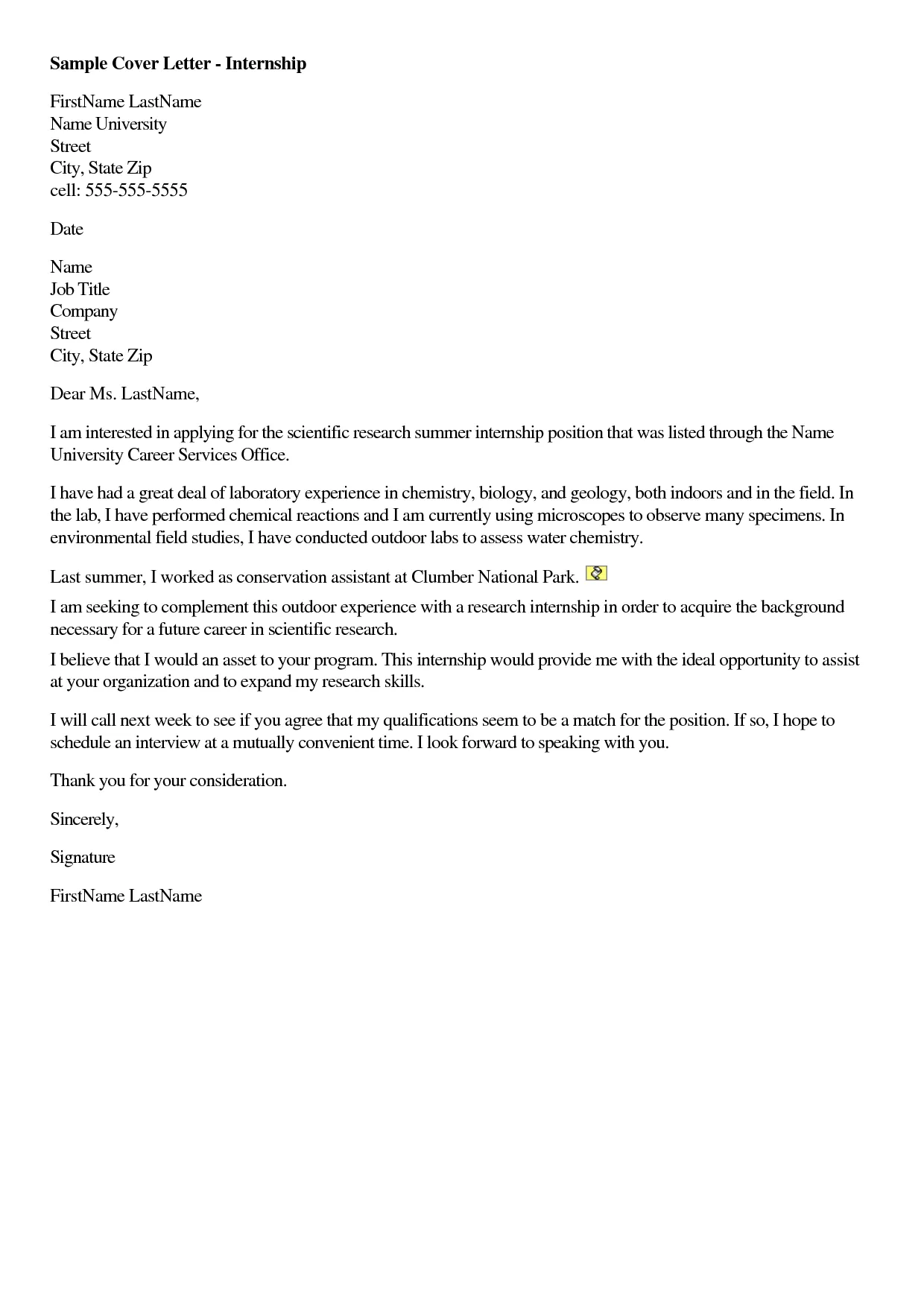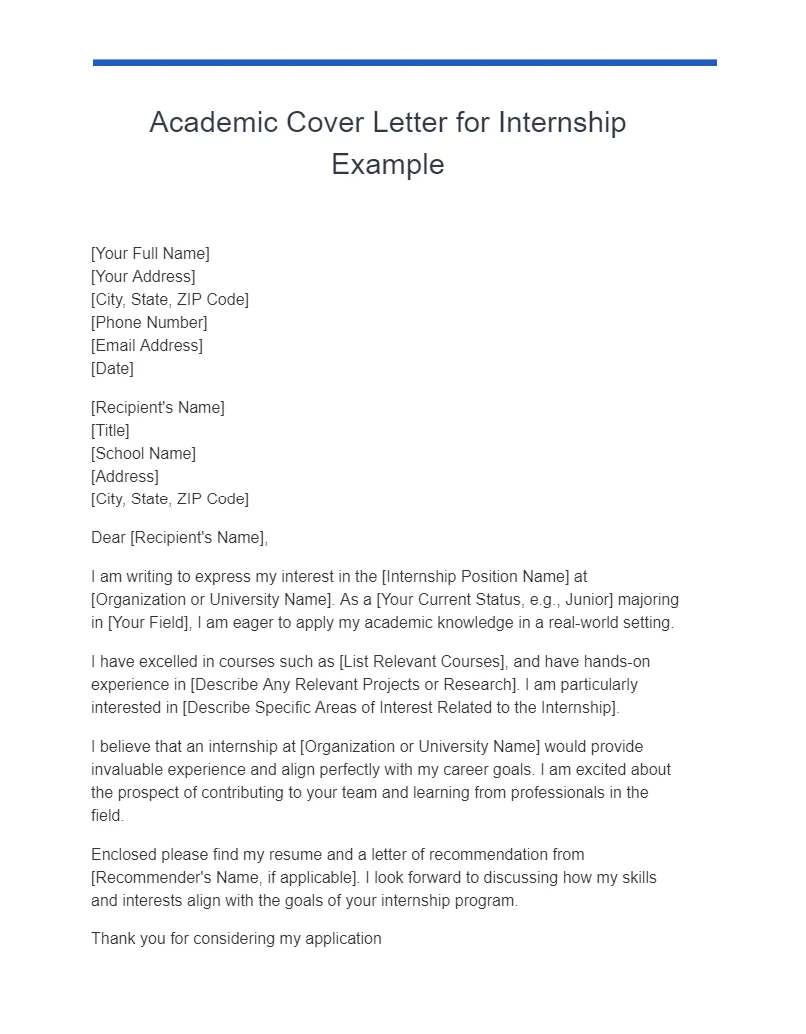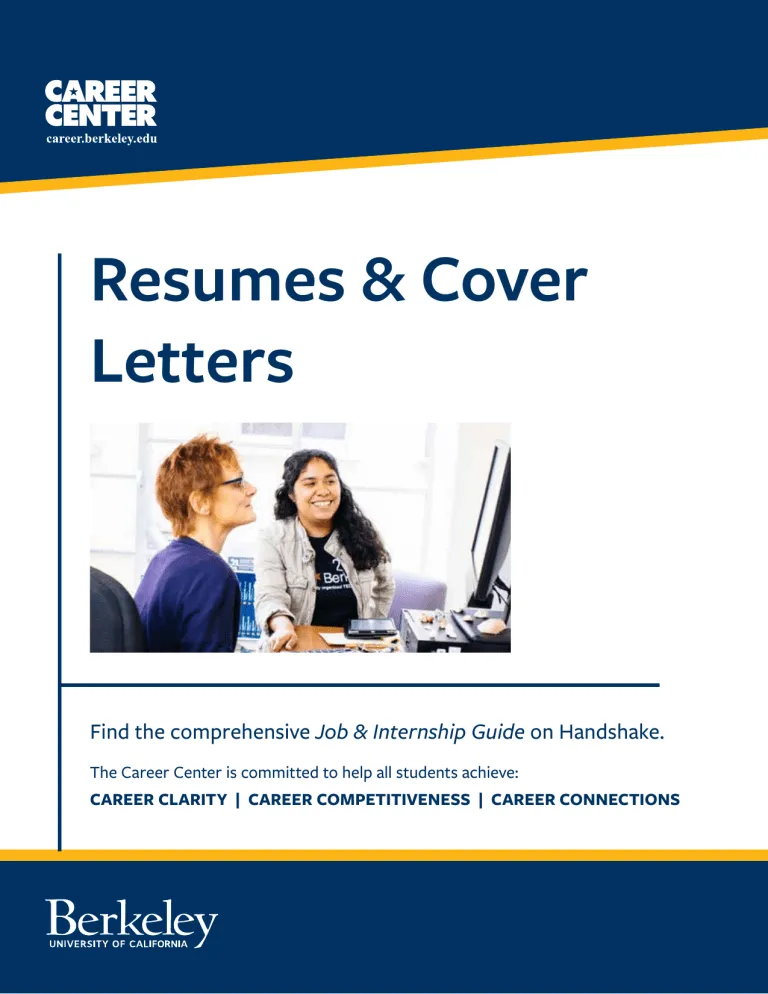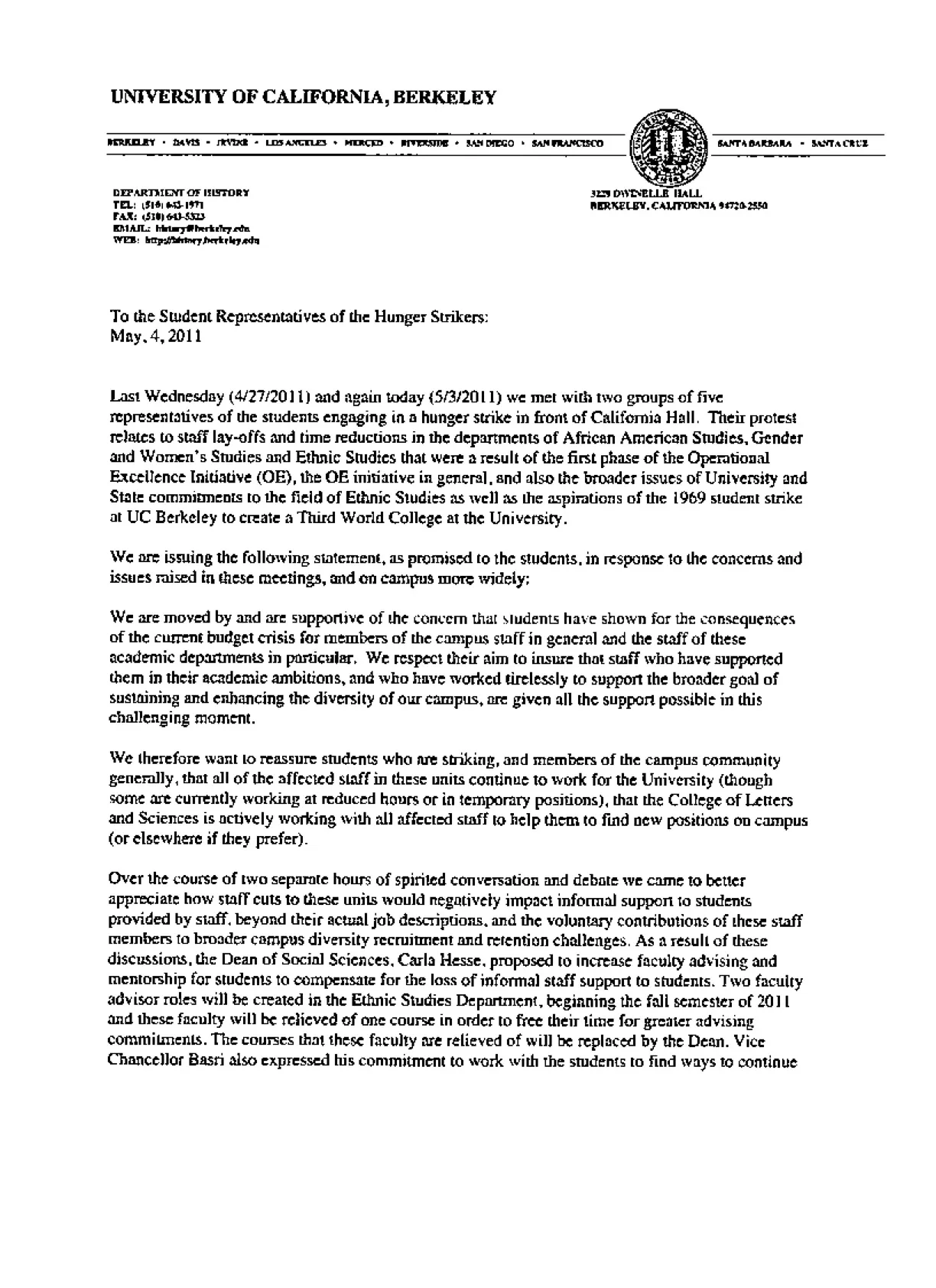What is a Cover Letter and Why Does UC Berkeley Need It?
A cover letter is your first introduction to UC Berkeley’s admissions committee or potential employers. It’s more than just a formality; it’s your chance to make a strong first impression, showcase your personality, and highlight the experiences and skills that align with the position or program you’re applying for. While your resume provides a factual overview of your accomplishments, the cover letter allows you to tell a compelling story about your aspirations and how they connect with the opportunities available at UC Berkeley. It provides context, explains your motivations, and demonstrates your genuine interest in the university. A well-crafted cover letter can significantly enhance your application, setting you apart from other candidates and demonstrating your potential to thrive in the UC Berkeley environment.
UC Berkeley Cover Letter Structure
A well-structured cover letter is essential for conveying your message effectively and making a positive impression. The standard structure comprises several key components, each serving a specific purpose in presenting your qualifications and expressing your interest. This includes a clear header with your contact information, a personalized greeting addressing the recipient, engaging body paragraphs that detail your interest, qualifications, and fit, and a compelling closing paragraph that reiterates your enthusiasm and prompts action. The layout should be clean, readable, and professional, reflecting your attention to detail and commitment to excellence. Understanding the structure of your cover letter is fundamental to crafting a document that effectively communicates your value to UC Berkeley.
Header and Contact Information

The header of your cover letter is the initial point of contact, providing the reader with essential information. Include your full name, address, phone number, and email address. Ensure that your contact information is current and professional. Following this, include the date and the recipient’s information (name, title, department, and address), if known. Proper formatting and attention to detail in this section demonstrate your professionalism and attention to detail. It is the first thing the reader sees, making it crucial to present a clean and organized appearance, reinforcing the impression of a well-prepared and serious applicant. Accurate and accessible contact details ensure UC Berkeley can easily reach you.
Personalized Greetings
A personalized greeting sets the tone of your letter and shows that you have taken the time to tailor your application. Always try to address the recipient by name, using titles such as ‘Mr.’, ‘Ms.’, or ‘Dr.’ followed by their last name. If you’re applying for a specific position, find the hiring manager’s name. If you are unable to find the name, use ‘Dear Hiring Committee’ or ‘Dear Admissions Committee’ as alternatives. Avoid generic greetings like ‘To Whom It May Concern.’ A personalized greeting shows you have researched the role and the institution. This attention to detail indicates that you are genuinely interested in the opportunity and have put in the effort to create a targeted application for UC Berkeley.
Body Paragraphs
The body paragraphs of your cover letter are where you make your case. This section should be broken down into specific paragraphs that each serve a purpose. Each paragraph should address a particular aspect of your candidacy and how it aligns with the requirements or values of UC Berkeley. The goal of each paragraph should be to convince the reader that you are a good fit for the position and the institution and to create a narrative that demonstrates your interest, qualifications, and suitability.
First Paragraph Highlight Your Interest

Start the first paragraph by clearly stating the specific position or program you are applying for. Mention where you saw the advertisement or how you learned about the opportunity. This immediately clarifies the purpose of your letter. Then, express your genuine interest and enthusiasm for the opportunity at UC Berkeley. Briefly mention what excites you most about the role or program and why you believe it aligns with your career goals or academic aspirations. This paragraph should set the tone and capture the reader’s attention, encouraging them to continue reading and learning more about you. Demonstrate your excitement for joining the UC Berkeley community.
Second Paragraph Showcase Your Qualifications
The second paragraph should showcase your relevant qualifications and skills. Refer to the job description or program requirements to identify the key skills and experiences the institution is seeking. Provide specific examples of how you have demonstrated those skills in the past, using the STAR method (Situation, Task, Action, Result) to describe your experiences. Quantify your achievements whenever possible to demonstrate the impact of your work, such as increased sales or successful project completion. This paragraph should provide concrete evidence of your capabilities and suitability, connecting your background to the role or program at UC Berkeley, and highlighting the value you would bring.
Third Paragraph Explain Your Fit
The third paragraph should explain why you are a good fit for UC Berkeley. Focus on how your values, goals, and experiences align with the institution’s mission, culture, and community. Discuss why UC Berkeley is the ideal place for you to learn, grow, or contribute, and how your unique perspective would benefit the university. Show that you have researched the institution, and understand what sets it apart from other institutions. Mention specific programs, faculty, or initiatives that attract you. By demonstrating your understanding and alignment with UC Berkeley’s values, you’ll establish yourself as a strong candidate who is likely to thrive in its environment.
Closing Paragraph and Call to Action

In your closing paragraph, reiterate your enthusiasm and summarize your key qualifications and why you are the right fit for UC Berkeley. Express gratitude for the reader’s time and consideration. End with a clear call to action, stating your willingness to discuss your application further and your availability for an interview or further steps in the process. Provide your contact information again to make it easy for them to reach you. A strong closing paragraph leaves the reader with a lasting positive impression, reinforcing your genuine interest and proactive approach to your application, and reinforcing your desire to join the UC Berkeley community.
Proofreading and Editing Your UC Berkeley Cover Letter
Proofreading and editing are critical steps in creating a polished and professional cover letter. Before submitting your letter, carefully review it for any grammatical errors, spelling mistakes, or typos. Incorrect grammar and spelling errors can undermine your credibility and detract from the message you are trying to convey. Make sure the tone is consistent and the language is clear and concise. It is also helpful to have a friend, mentor, or career advisor review your letter for clarity, accuracy, and overall effectiveness. They can offer valuable feedback on the structure, content, and presentation of your letter, ensuring that it reflects your best self and meets the standards of excellence expected by UC Berkeley.
Key Tips for a Standout UC Berkeley Cover Letter
Several key strategies can help you create a standout cover letter that captures the attention of admissions committees or hiring managers at UC Berkeley. Focus on these essential components to effectively showcase your unique value and make a memorable first impression. These strategies will help you to distinguish your application from the competition.
Tailor Your Letter to the Specific Position

Avoid using a generic cover letter. Instead, customize each letter for the specific role or program you are applying for at UC Berkeley. Carefully review the job description or program requirements and address them directly. Highlight the skills and experiences most relevant to the position, using keywords from the posting to show your understanding and interest. Mention specific aspects of the role or program that appeal to you. This personalized approach demonstrates that you’ve invested time and effort, making your application stand out. This tailoring allows you to showcase the value that you specifically bring to UC Berkeley.
Use Action Verbs and Quantify Achievements
Use strong action verbs to describe your accomplishments and responsibilities. Instead of saying ‘Responsible for,’ use verbs like ‘Managed,’ ‘Led,’ ‘Developed,’ or ‘Implemented.’ This helps to make your letter more dynamic and engaging. Wherever possible, quantify your achievements. For example, instead of saying ‘Improved sales,’ say ‘Increased sales by 15% in one quarter.’ Providing specific data and metrics provides concrete evidence of your skills and accomplishments, making your claims more credible and impactful and showcasing the value you can bring to UC Berkeley.
Show, Don’t Just Tell
Instead of just stating your skills or qualities, provide concrete examples that demonstrate them. Use the STAR method (Situation, Task, Action, Result) to describe experiences, such as a project or a challenge you overcame. Explain the situation you were in, the task you had to perform, the actions you took, and the results you achieved. This approach shows, rather than tells, and adds depth and credibility to your application. By providing context and detailed descriptions, you allow the reader to understand your capabilities, making your letter more persuasive and memorable.
Highlight Relevant Skills and Experiences

Focus on the skills and experiences most relevant to the role or program you are applying for. Identify the key requirements outlined in the job description or program details and tailor your letter accordingly. Highlight instances where you have demonstrated those skills and experiences. While it’s important to showcase your accomplishments, ensure that the examples you provide are directly relevant to what UC Berkeley is looking for. This demonstrates that you have the right background to be successful in the role or program.
UC Berkeley Cover Letter Examples
Reviewing examples of successful UC Berkeley cover letters can provide valuable insights into the format, content, and tone expected by the university. Seek out examples that match the specific roles or programs you are targeting. Analyze how the candidates present their qualifications, express their enthusiasm, and highlight their fit with UC Berkeley. Use these examples as a guide, but don’t copy them. Instead, adapt the strategies and approaches to create a unique cover letter that reflects your individuality and meets your needs and goals. Use these examples to shape your own approach to cover letters.
